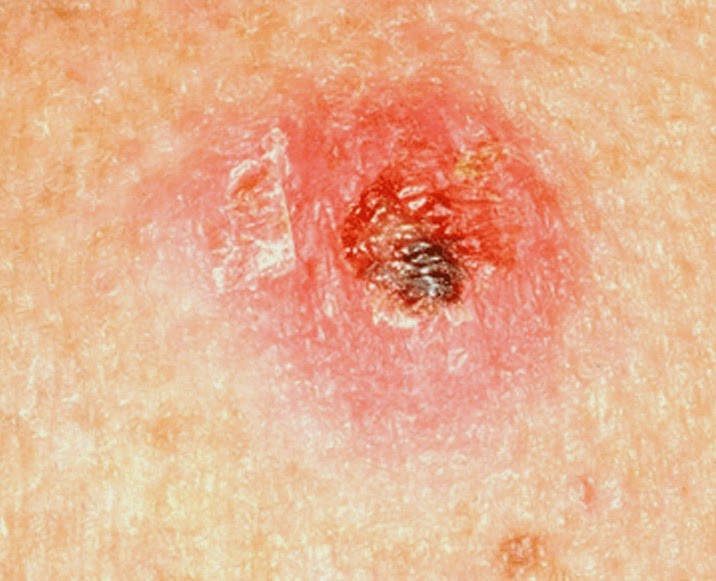A real body, which allows the internal environment of the body to interact with the world that surrounds us is human skin. It communicates with the outside world to send and receive an unlimited number of messages and signals.
It acts as a real barrier and prevents the passage of foreign substances and the release of other useful substances. It behaves as a place of Exchange and many useful news from the outside world to send the intercommunication with the outside world, to our body.
The skin is composed of two layers: epidermis, the outer layer and DermIS, the inner layer and contains melanocytes. Melanocytes are cells that are responsible for the synthesis of melanin, the dark pigment that gives the color of our skin. While exposure to the Sun will be a tanning melanin in the skin accumulate.
This tan is our natural protection from the solar radiation. The attitude of each type of skin to a greater or lesser tan, depends on several factors that are determined genetically. These factors regulate the synthesis of melanin.
The various types of skin, along with hair and eye color, are divided into six types, which differ from each other for the manner of response to the amount of solar radiation that they receive. These types are:
1. very light skin, blue eyes, blond or red hair: often burns, occasionally tans.
2. light skin, light eye and hair color: often burns and tans with difficulty.
3. intermediate light skin, brown or green eyes, brown hair: rarely burns, usually tans with a golden hue.
4. intermediate dark or "olive" skin, dark eyes and hair: burns rarely, often tans.
5. dark or brown skin, dark eyes and hair: naturally brown skin.
6. very dark skin: naturally black brown skin.
The main targets of ultraviolet radiation are the eyes and the skin. Sunburns, erythemas, keratitis are the most elementary results of an unprotected exposure to the sun.
Pathological conditions of the skin such as the "photoaging" and the skin's vulnerability to the appearance of precancerous lesions and/or real skin cancers (epitheliomas, carcinomas, malignant melanoma skin cancers), are other results of the dose of UV radiation accumulated over time.






0 Response to "The Six Types of Human Skin Divided by the Mode of Response to Solar Radiation"
Post a Comment